It’s been a wild ride for the Demons and Bulldogs, who face off in Saturday’s grand final. Photos (clockwise from top left): Fox Sports, Herald Sun, The Australian, Sun News-Pictorial.
It’s the granny that was never meant to be. The Demons, seemingly doomed to merge with Hawthorn in 1996, and the Bulldogs, who faced the same fate seven years before.
Now look at them. Proud, vibrant clubs with the two best squads in football, set to face off for the greatest prize of all on the hallowed turf of … Optus Stadium, Perth.
COVID-19 has a way of throwing curveballs, doesn’t it?
The ‘80s and ‘90s were the heyday of economic rationalism in football. Market-driven efficiency was the order of the day, and if the game was to reach its potential as a national sport, some clubs from its Victorian heartland had to go.
So long, South Melbourne (1981) and farewell, Fitzroy (1996). Sandwiched midway between those two traumatic moments was the Bulldogs’ attempted merger with the Lions (one of several close calls for the latter before Brisbane came calling).
Footscray’s finances were so lamentable at the time that the merger deal foisted upon them by the then-VFL was a virtual takeover by Fitzroy. “They felt at the time Footscray was trading while insolvent, so they thought they had an axe to hold over our head,” former president Nick Columb told The Age.
With a metaphorical gun to its head, Footscray capitulated. Interviewed by Michael Gleeson, Columb described the move as a tactical one, for had they not signed they would have lost their VFL licence and with it their standing to challenge the merger in Court with the support of stalwart fan Irene Chatfield.
After tin-rattling their way to $1.6 million in three weeks, the merger was scuppered and the rest, as they say, is history. Rebranded as Western Bulldogs in 1996, the club survived and ultimately thrived under prominent lawyer Peter Gordon and businessman David Smorgon, winning a flag from seventh place in 2016.

Marcus Bontempelli is a big-occasion player arguably born to play in grand finals. Photo: Sporting News
How did the Bulldogs achieve their current run of on-field success? A lot revolves around Marcus Bontempelli (pick No.4 in 2013) whose credentials as a tough, courageous midfielder and big-game player are well known.
Much has been written about the Dogs’ 2016 premiership list, spearheaded by Bontempelli, Caleb Daniel, Jason Johannisen and Tom Liberatore, but what of the ensuing years? Just months after lifting the premiership cup, the club landed ruck/forward Tim English with the final pick in the first round.
A form slump in 2017-18 allowed the Dogs to pick up arguably the best-credentialed key forward set to run out on Saturday, Aaron Naughton (pick No.9, 2017), while “East Malvern’s finest mullet” Bailey Smith (pick No.7, 2018) played a massive role with seven goals in the club’s last two finals.
Anyone who saw Cody Weightman’s (pick No.15, 2019) opportunistic four-goal performance against Essendon in the elimination final knows he’s a difference maker they’ll be rapt to have back on Saturday.
Topping off arguably the most mouth-watering list currently running around, the Dogs added consensus No.1 draft pick Jamarra Ugle-Hagan from their academy last year, pulled off a lop-sided trade for star mid Adam Treloar (Collingwood) and brought in Stefan Martin (Brisbane) who shapes as a critical foil for Max Gawn in the ruck this Saturday.
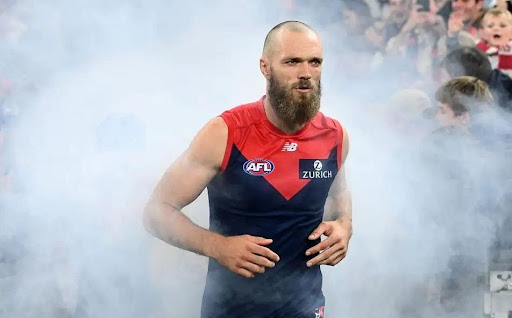
Max Gawn (above) shapes as a key to Melbourne’s premiership hopes this Saturday. Photo: Melbourne FC.
For Melbourne, this year’s premiership favourite, life after dodging the Hawthorn merger wasn’t always plain sailing. Saved from its apparent fate by the tenacious campaigning of former winger Brian Dixon and the merger’s thwarting (ironically) by Hawthorn members, Melbourne found itself a benefactor in mining magnate Joseph Gutnick.
PLEASE HELP US CONTINUE TO THRIVE BY BECOMING AN OFFICIAL FOOTYOLOGY PATRON. JUST CLICK THIS LINK.
“I’ll do whatever I can and use all my business acumen that I have to keep our old club the way it is and the way it should be in the future,” Gutnick said, outlining a plan to pour $1.5 million into the Melbourne Demons Forever Foundation, a further $1 million over five years from his Kimberley Gardens Hotel and $500,000 towards a social club and headquarters.
Five often turbulent years and a grand final appearance later, Gutnick was gone from the club, which by 2008 had descended into a $5 million black hole of debt. Enter champion former ruckman, the late Jim Stynes, whose spectacularly successful Debt Demolition campaign tapped into the deep-pocketed Melbourne faithful, wiping out the debt within two years.
“We absolutely smashed it [the remaining debt] and the people … were tremendous, they gave everything they could,” Stynes told The Age.
Melbourne’s current on-field ascent began in 2013, when former Sydney premiership coach Paul Roos inherited a Demons list of which only five players – Max Gawn, Tom McDonald, Jack Viney, Neville Jetta and Nathan Jones – remain. In his first two drafts, Roos and the recruiting team added the foundations for future success by nabbing the two Christians – Salem and Petracca – along with defensive winger Angus Brayshaw.
Most great teams build first through the draft, and in that tradition, Melbourne added inside mid gun Clayton Oliver and forward Sam Weideman in 2015. Happy at last with the look of its list, the club under new coach Simon Goodwin (2017) turned to trades and free agency, luring star defensive duo Jake Lever (Adelaide) and, the following year, Steven May (Gold Coast).
After a preliminary final appearance in 2018, the icing on the list-management cake was to come after an unexpectedly poor season the following year, when Melbourne gorged itself on early draft picks Luke Jackson (No.3), Kysaiah Pickett (No.12) and Trent Rivers (No.32). It was the culmination of a list build which, as former Demon champion Gerard Healy told Fox Sports, “could well be the foundation of a dynasty.”
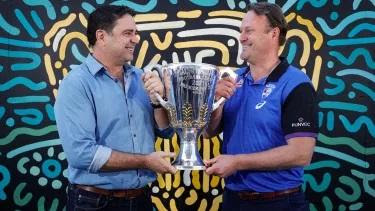
Club legends Garry Lyon (Melbourne, left) and Chris Grant (Western Bulldogs) hold this year’s premiership cup at a press availability in Perth on Tuesday. One of them will present the trophy to the winning side on Saturday. Photo: The Age.
As a fan of one of the teams (Sydney, nee South Melbourne) turned inside out by the then-VFL’s relocation/merger policies of the ‘80s, I have mixed emotions seeing two clubs who survived the league’s axe enjoying so much success with their original colours, histories and identities largely intact.
I’m happy for them and a tad jealous, yes, but I have to wonder how much success South – the comp’s worst-supported, most dysfunctional club through to its relocation in 1982 – would have enjoyed, even with the league’s current equalisation approach.
History shows that, after a decade of turmoil, sketchy ownership and near bankruptcy, Sydney emerged as a financially-strong, administratively-stable club the envy of many of those who remained in Victoria. I never thought I’d live to see my beloved Bloods win a flag, but what do you know, we’ve won two and the current, exciting young list might grab a few more.
It is what it is: right now, Melbourne and the Bulldogs – great survivors of an economic rationalist time thankfully gone – are looking down on the rest of us with justified pride. Good luck to them both on Saturday.

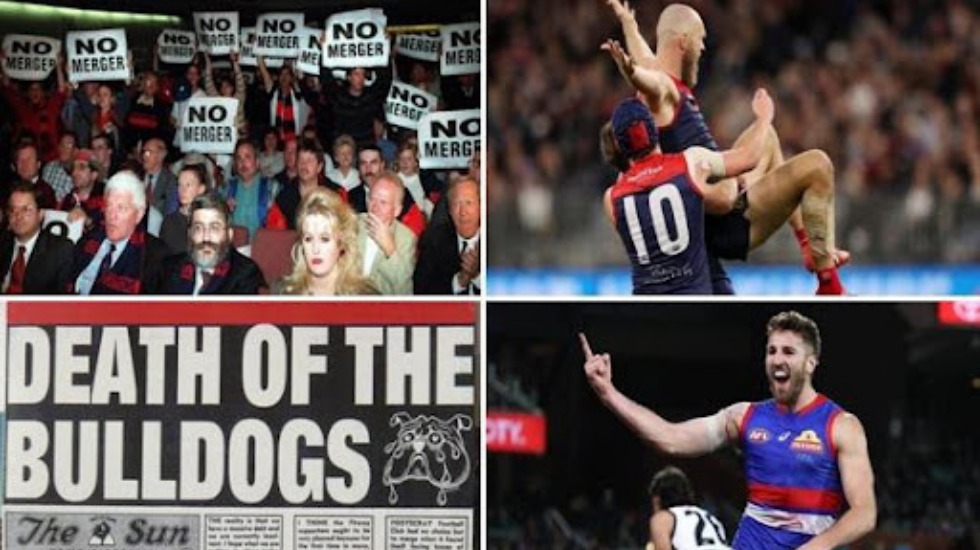
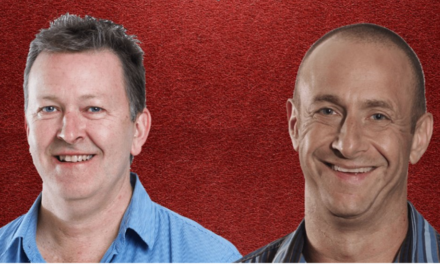

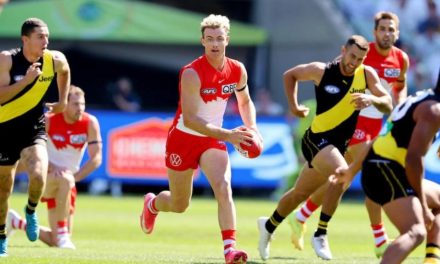







Tassie often got left out of the discussion in AFL circles, times have clearly changed but surely Tasmania’s Ben Brown should also be included in a discussion of Melbourne making the Grand Final.